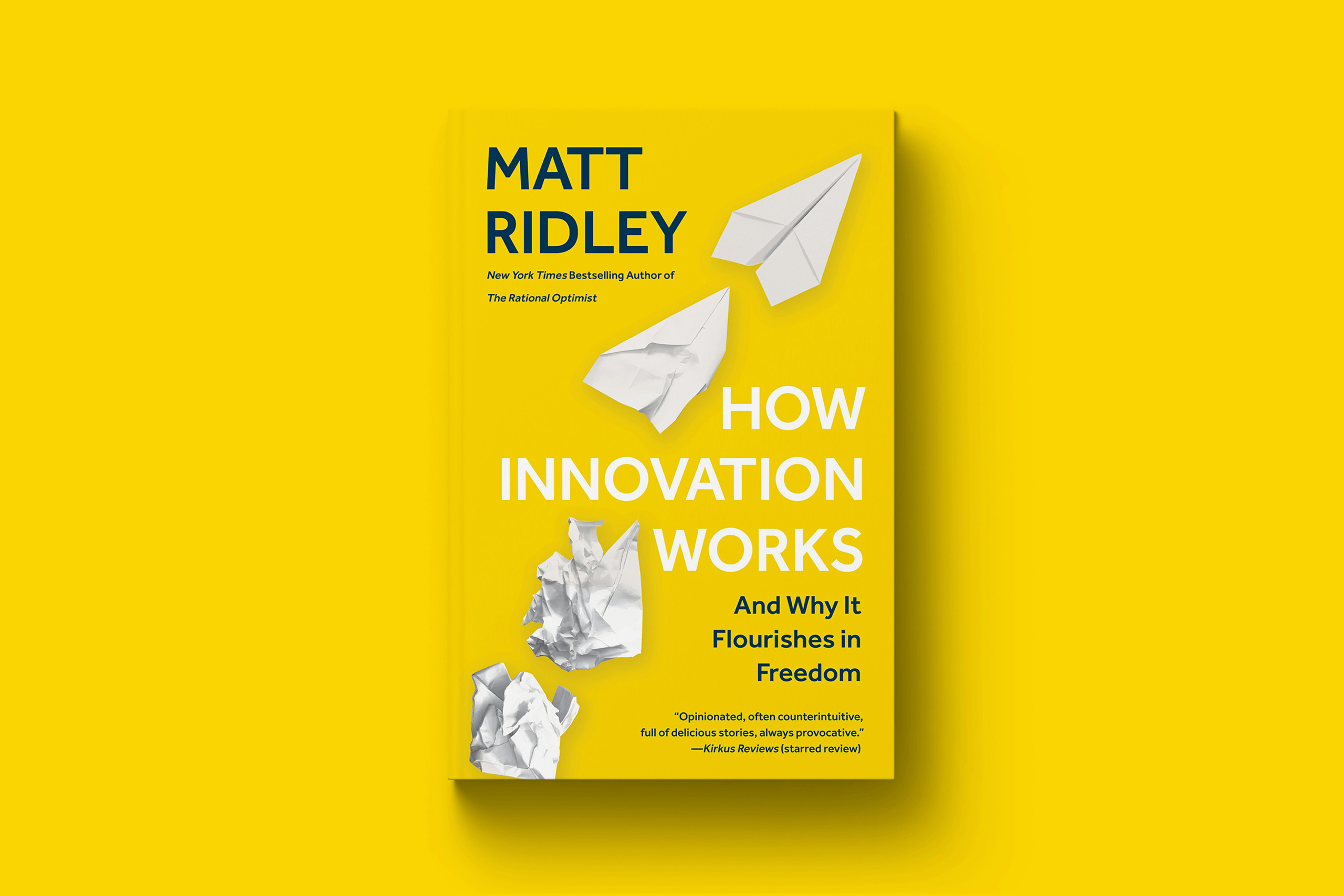Strategies for Accelerating Growth and Success in the Age of Disruption
Published Business Architects, on 2 April 2023
How organisations can foster a culture of innovation, embrace emerging technologies, and adapt to shifting market dynamics to stay ahead of the curve in today’s fast-paced and competitive business landscape.
In an era of rapid technological change and increasing global competition, driving innovation has become a critical priority for businesses seeking to maintain their competitive edge, adapt to shifting market dynamics, and unlock new opportunities for growth and success. This article will explore the key drivers of innovation, the challenges organisations face in fostering a culture of innovation, and the strategies and best practices that can help businesses accelerate innovation and stay ahead of the curve in today’s dynamic business landscape.
The Drivers of Innovation: Technology, Competition, and Market Dynamics
Several factors have converged to create an environment where innovation is more important than ever:
- Technological advancements: Breakthroughs in artificial intelligence, machine learning, robotics, and other technologies are disrupting traditional industries and creating new opportunities for growth, forcing businesses to innovate or risk obsolescence.
- Global competition: As barriers to entry fall and markets become more interconnected, competition has intensified, with businesses vying for market share, talent, and customers in an increasingly crowded and competitive landscape.
- Shifting market dynamics: Rapidly evolving consumer preferences, regulatory changes, and other market forces are constantly reshaping the business landscape, requiring organisations to adapt and innovate to remain relevant and successful.
The Challenges of Fostering a Culture of Innovation
While many organisations recognize the importance of innovation, fostering a culture of innovation can be challenging due to several factors, including:
- Organisational inertia: Established businesses with entrenched processes, structures, and mindsets can struggle to embrace the agility, risk-taking, and experimentation required to drive innovation.
- Resource constraints: Limited resources, budget constraints, and competing priorities can make it difficult for organisations to invest in the research, development, and experimentation needed to fuel innovation.
- Talent gaps: Access to skilled professionals with the technical expertise, creativity, and problem-solving skills needed to drive innovation can be a challenge in today’s competitive labor market.
Strategies for Driving Innovation: Best Practices for Success
Organisations seeking to drive innovation and maintain their competitive edge can employ several strategies, including:
- Foster a culture of innovation: Encourage a mindset of continuous improvement, experimentation, and calculated risk-taking throughout your organisation. This can involve establishing innovation-focused goals and metrics, promoting cross-functional collaboration, and providing employees with the tools and resources needed to develop and test new ideas.
- Invest in talent and skills development: Attract and retain top talent with the skills and expertise needed to drive innovation by offering competitive compensation packages, professional development opportunities, and a culture that embraces creativity and continuous learning.
- Embrace emerging technologies: Stay ahead of the curve by actively monitoring and embracing emerging technologies, such as artificial intelligence, machine learning, and blockchain. By integrating these technologies into your operations, products, and services, your organisation can unlock new efficiencies, improve customer experiences, and drive growth.
- Leverage partnerships and collaboration: Build strategic partnerships with other businesses, universities, and research institutions to access new ideas, technologies, and expertise. By working together and pooling resources, organisations can accelerate innovation and bring new solutions to market faster.
- Establish dedicated innovation teams or programs: Create dedicated teams or programs focused on identifying, developing, and implementing innovative solutions to your organisation’s most pressing challenges. These teams can help drive innovation by providing a structured and focused approach to problem-solving, experimentation, and implementation.


Image by Matt Ridley
Driving Innovation: The Path to Sustainable Growth and Success
In conclusion, driving innovation is a critical priority for businesses seeking to maintain their competitive edge, adapt to shifting market dynamics, and unlock new opportunities for growth and success in today’s fast-paced and competitive business landscape. By fostering a culture of innovation, investing in talent and skills development, embracing emerging technologies, leveraging partnerships and collaboration, and establishing dedicated innovation teams or programs, organisations can accelerate innovation and stay ahead of the curve in this dynamic environment.
In an era marked by rapid technological advancements, increasing global competition, and constantly evolving market forces, the ability to drive innovation and stay agile is more crucial than ever. By adopting these strategies and best practices, organisations can position themselves for sustainable success in the modern business landscape, transforming their operations, disrupting their industries, and setting a new standard for excellence and achievement. By embracing a culture of innovation, businesses can not only survive but thrive in this age of disruption, unlocking new opportunities for growth, profitability, and lasting success.

